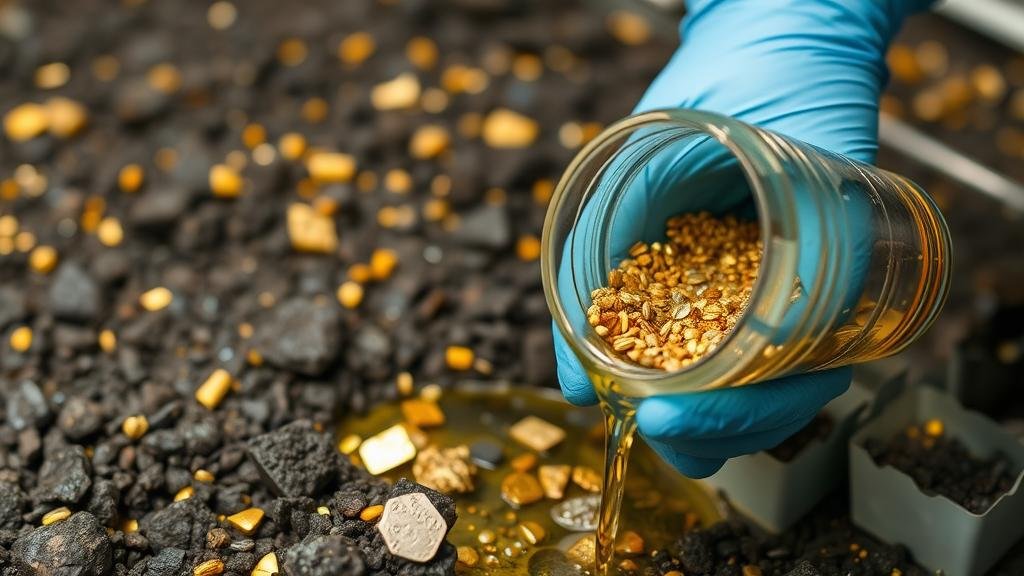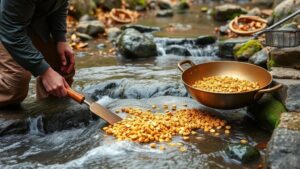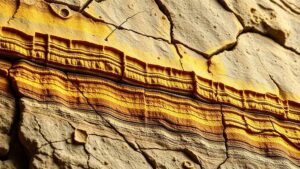How to Use Bioleaching for Sustainable Extraction of Precious Metals
How to Use Bioleaching for Sustainable Extraction of Precious Metals
Bioleaching is an environmentally friendly and innovative method for the extraction of precious metals from ores and concentrates. Leveraging the natural abilities of certain microorganisms, this process can significantly reduce the environmental impacts associated with traditional extraction methods. This article explores the principles of bioleaching, its application in the industry, and its potential for sustainable metal extraction.
Understanding Bioleaching
Bioleaching involves the use of microorganisms to facilitate the extraction of valuable metals, such as gold, silver, and copper, from their ores. principle behind bioleaching is the ability of specific bacteria and fungi to oxidize metal sulfides, leading to the solubilization of metals, making them accessible for recovery.
Types of Microorganisms Used
Several types of microorganisms are utilized in bioleaching, each playing a crucial role in the extraction process. The most common groups of bioleaching agents include:
- Acidophilic Bacteria: These bacteria, such as Thiobacillus ferrooxidans, thrive in acidic environments and are primarily responsible for the oxidation of sulfide minerals.
- Fungi: Certain fungi, including Aspergillus species, can also facilitate metal extraction through their metabolic processes.
- Mixed Cultures: Utilizing a combination of bacteria and fungi can enhance the efficiency of the bioleaching process.
Process of Bioleaching
The bioleaching process typically occurs in several stages:
- Preparation: The ore is crushed and milled to increase the surface area, making it more accessible to microorganisms.
- Inoculation: Selected microorganisms are introduced into the prepared ore, typically in a controlled environment.
- Leaching: The microorganisms metabolize the minerals, releasing targeted precious metals into the solution.
- Recovery: The metal-laden solution is processed to extract the precious metals, commonly using solvent extraction or precipitation methods.
Case Studies and Real-World Applications
Bioleaching has been successfully implemented in various operations worldwide:
- Gold Extraction at BioMiners: BioMiners has developed a method that uses bioleaching to extract gold from electronic waste. Their process results in up to 95% recovery of precious metals within weeks.
- Rio Tinto’s Pilot Project: The mining giant Rio Tinto launched a pilot project in Australia for bioleaching copper from low-grade ore, demonstrating a 40% increase in recovery efficiency compared to traditional methods.
Environmental Benefits of Bioleaching
One of the most significant advantages of bioleaching is its reduced environmental impact when compared to conventional mining techniques, which often rely on toxic chemicals like cyanide and sulfuric acid. Bioleaching presents several key environmental benefits:
- Lower Carbon Footprint: Bioleaching processes generate fewer greenhouse gas emissions, contributing to more sustainable mining practices.
- Reduced Toxic Waste: By using natural microorganisms, the production and disposal of harmful chemicals are significantly diminished.
- Waste Reutilization: Bioleaching can be applied to mine tailings, converting potential waste into valuable resources.
Challenges and Limitations
Despite its advantages, bioleaching does face certain challenges:
- Time-Consuming: The bioleaching process can take longer than traditional methods, requiring careful management and optimization.
- Temperature Sensitivity: Most microorganisms used in bioleaching thrive in acidic environments, which can limit their effectiveness in more neutral conditions.
- Specificity: Not all ores are suitable for bioleaching, which necessitates site-specific analyses to determine its viability.
Future Prospects of Bioleaching
Advancements in biotechnology and genetic engineering could enhance the efficiency and applicability of bioleaching. The development of genetically modified microorganisms with tailored capabilities has the potential to revolutionize the process, enabling the extraction of metals from more complex ores and improving recovery rates.
Actionable Takeaways
For stakeholders interested in sustainable extraction methods, bioleaching offers a promising alternative to traditional mining practices. Here are some actionable steps:
- Conduct feasibility studies to assess local ore composition and the potential for bioleaching.
- Invest in partnerships with biotech firms focusing on microbial applications in mining.
- Use pilot projects to monitor efficacy and optimize conditions for maximum metal recovery.
By embracing bioleaching, industries can contribute to a more sustainable future while extracting valuable resources more responsibly.



